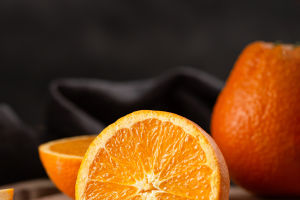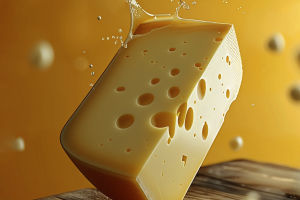Scientific research has unveiled the potential of pasta not only in uplifting one's mood but also in aiding physical healing.
Recently, scientists introduced nanopasta, the thinnest form of spaghetti known as nanofibers, with the prospect of being utilized for wound dressing.
Understanding Nanopasta
Nanopasta comprises tungsten disulfide strands, each measuring a mere 370 nanometers wide, approximately two hundredths of the width of a human hair. These strands are invisible to the naked-eye and require an electron microscope for observation. The production process involves mixing formic acid and flour, utilizing an electrospinning technique to create the nanofibers.
The Application of Nanopasta
The potential applications of nanopasta are vast, extending to areas such as nanofiltration, supercapacitor electrodes, and biomedical uses. The biodegradability and renewable nature of the starch-based material indicate its viability for wound bandages, body regeneration scaffolding, and drug delivery in the medical sector.
The Future of Nanofibers
Although the energy-intensive extraction and purification processes are a current challenge, the utilization of starch-rich materials like flour for nanofiber production presents a more eco-friendly approach. Researchers envision broader applications of these nanofibers in areas such as tissue engineering and cultured meat scaffolding due to their suitable characteristics for various potential uses.
Can Nanopasta be Consumed?
While the possibility of consuming nanopasta exists, practicality and desirability pose significant concerns. Despite not recommending self-experimentation, some researchers have indulged in tasting the nanofibers out of curiosity about their miniature size and unique composition.
In conclusion, nanopasta represents a significant advancement in biomaterials with promising implications for medical and industrial fields. Research and innovations in this area continue to explore the full potential of nanofibers derived from starch, offering new avenues for applications in diverse sectors beyond conventional pasta production.


